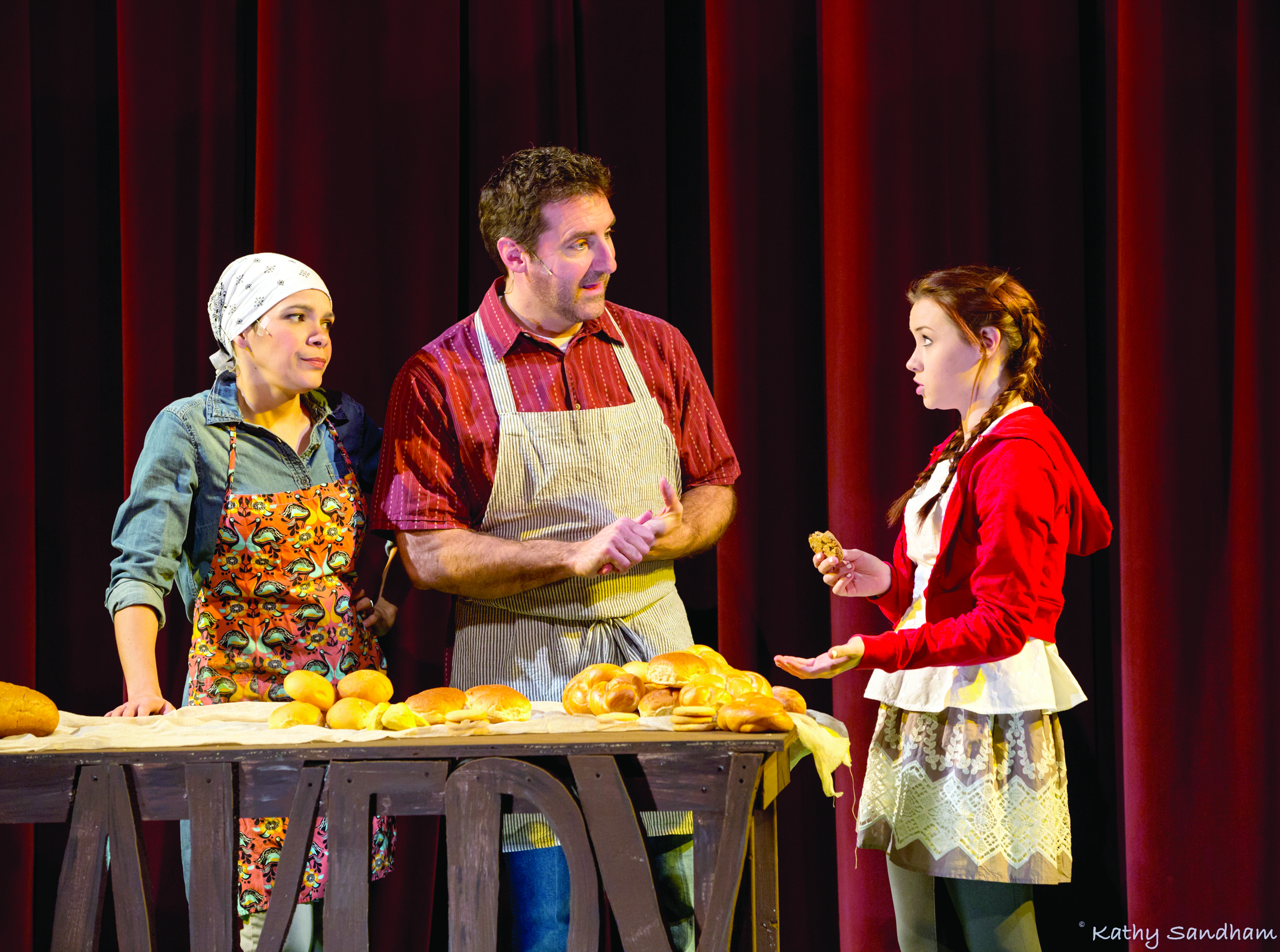By Meghan Walsh

Photo courtesy of McDonough Museum of Art
The McDonough Museum of Art at Youngstown State University will showcase Betsy Stirratt’s multimedia artwork video, “Anatomy Collected” in her upcoming “Embedded Histories” exhibition. “Anatomy Collected” is one of three works that will make up the exhibition, along with Stirratt’s “Natural History” and “Zoology Collected.”
The film combines visual and audio clips captured by Stirratt with photos from the 2016 book “Anatomy Collected,” bound by Mary Uthuppuru. It incorporates scientific educational film, media gathered from museum visits and clips from Stirratt’s life.
Museum director Claudia Berlinski gives Canvas some insight into Stirratt’s work and what makes the piece unique and relevant.
Canvas: What makes “Anatomy Collected” noteworthy?
Berlinski: It is an interesting juxtaposition of media and photographic imagery in different states of clarity. Appropriated film from scientific educational movies is, of course, grainy and has an aged color while the pages of her artist book are extremely clear. The music and movie narration fades in and out, adding to the overall sense of the passage of time and history.
The videos in the exhibit were made depicting three books that contain words and pictures about collections Stirratt has visited: specifically botany, anatomy and zoological collections. Each of the videos features turning pages of the books in Stirratt’s “Collected Series,” interspersed with video and audio clips that she gathered from museum visits, educational films and from life.
What response does the piece evoke?
Berlinski: It might evoke an understanding of how objects in museums and collections relate to real life.
What kind of current events may have influenced the work?
Berlinski: I think that what is happening in the world has probably driven Stirratt’s body of work quite a bit – things like climate change and concerns for the environment. Other
well-known contemporary artists who have been addressing these issues are Mark Dion, Olafur Eliasson and Maya Lin, but there are hundreds of others who address the climate crisis in a vast array of media and approaches.
The climate crisis and environmental issues are one of the most important topics of our lifetime. They will continue to affect mankind for decades, perhaps centuries. Artists often reflect on what is happening in the world or wish to utilize their practice to sound the alarm for such dominant and critical concerns or events.

Photo courtesy of McDonough Museum of Art
What can you tell us about the artist?
Berlinski: Betsy Stirratt is a native of New Orleans and is the founding director of Grunwald Gallery of Art at Indiana University Bloomington, where she has curated many, many exhibits. She has shown her work in group and solo exhibitions nationally and internationally. Stirratt is the recipient of a visual arts fellowship from the National Endowment for the Arts, and awards from the Indiana Arts Commission and the American Craft Council. From Stirratt’s artist statement: “She explores natural and social histories through photographs, books, paintings, objects and video to create multi-layered narratives about the human interaction of humans and nature. Her interests have driven her to try to better understand the nature of scientific discovery in the time of climate change. She is interested in the power of natural collections as they contain the keys to understanding the history of the earth and how we might create resilience in the face of disastrous climate change.”










